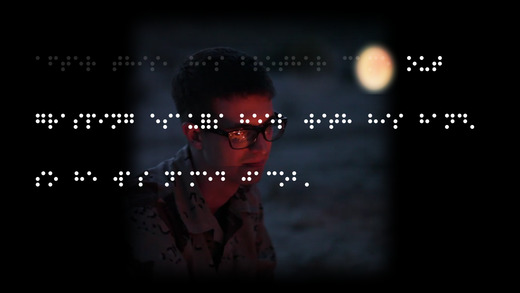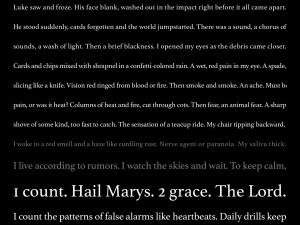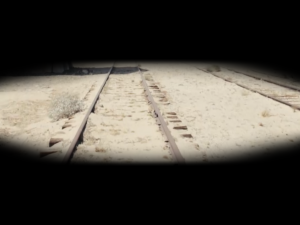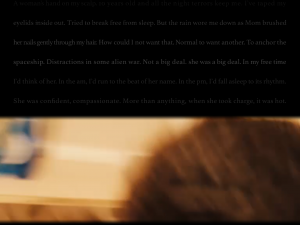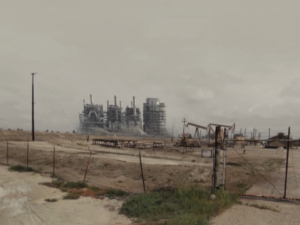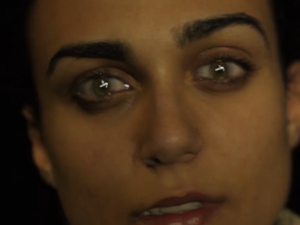Instead of just jumping in and finishing from where I left off, I chose to start from the beginning and read all the way through. I also took my time on each section and let each video play through its entirety. This really helped me fill in some missing pieces and helped me understand more of the story.
One of the things that I wasn’t completely sure about when I first experienced this work was whether or not Luke as James’ brother or his friend, but it was confirmed after going through and re-reading this story. In one of the sections, James mentions that Luke was Squad Leader and that he saw him as an older brother. There is also mention of how the demolition company that Luke hired James’ to work for is his dad’s company.

Some of the themes of this work were made even more obvious the more I explored it. Unrequited love, jealousy, coping with a medical condition, PTSD, friendship, guilt, anxiety, OCD, loss, the struggle of re-acclimating to life post-war to name a few.
This story about a man who joins the military and becomes friends with a woman named Jessie.It is apparent in the story that James begins to have feelings for Jessie (and borderline becomes obsessed with her), however, she and James’ buddy Luke enter into a secret relationship while they are all serving together. James becomes jealous of Jessie and Luke’s relationship and exposes it, which causes Jessie to be re-assigned. James brought an album from home with him and he puts pictures of Jessie alongside his mother’s photos, thinking that she would be flattered. However, when he shows her the album, she is not amused. James and Jessie end up having an argument about him revealing her secret relationship and as a result, Jessie does not show up for a scheduled poker game the three friends had scheduled that night. Their camp was bombarded that night, and Jessie died during the attack. James blames himself for Jessie not being at the poker game, and ultimately blames himself for her death. 6 years after serving, James and Luke return home and Luke hires James to work for him as a demolition consultant. James’ eyesight begins to worsen and it affects his performance on the job. This creates conflict and tension between the friends.
While reading this story, there is a moment where you can clearly understand how James is processing Jessie’s death. He reminds himself that she was her own person, who made her own choices.
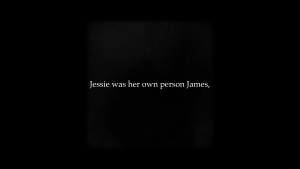
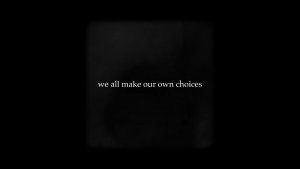
One of the things that really stood out to me was at the very end where you see George W. Bush on the television talking about war, and when you pinch James’ eyes shut, it shows a flashback of George Bush Sr. also talking about war. I found it to be an interesting way to connect how life was for James pre and post-war.
I thoroughly enjoyed exploring this work. The use of various media elements kept me engaged the entire time and I really enjoyed going back and re-exploring sections to make various connections.
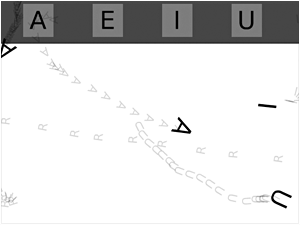
 Two games that I explored were
Two games that I explored were 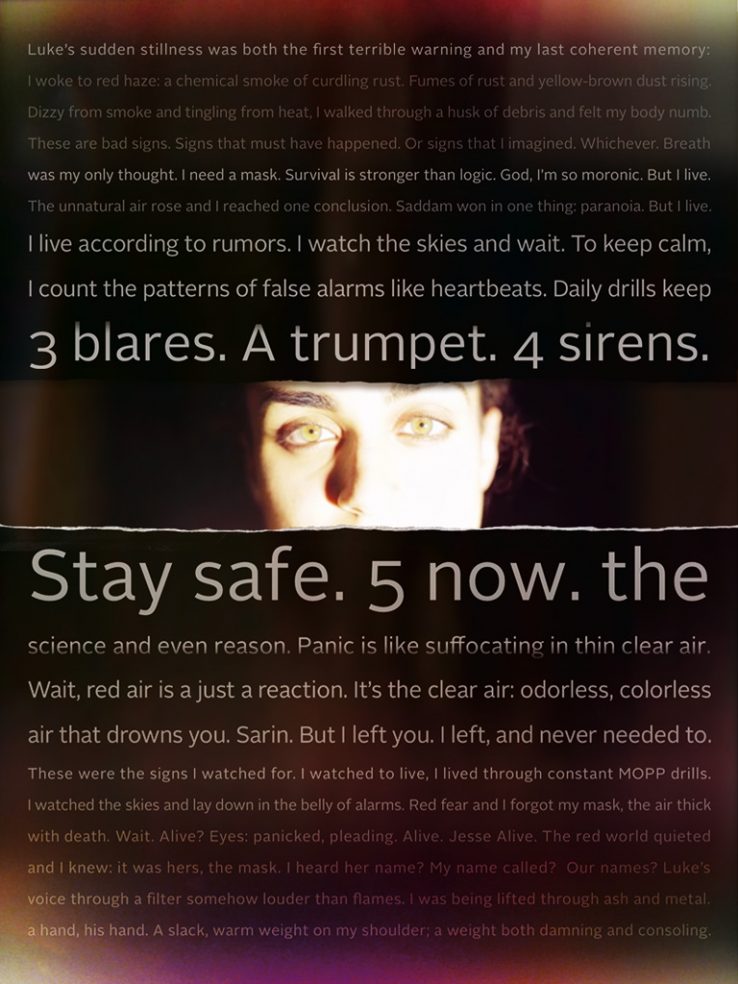
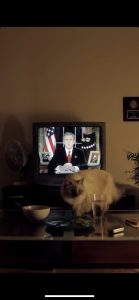 In the second half of Pry, there are many details that come to light that are kept under wraps in the first half of the story. In chapter 5, there is more information regarding James’ eyesight, when Luke gives him another job after initially firing him because of the issues revolving around his eyesight. We also gain more insight into Luke’s character, as he is trying his best to give James as many opportunities as possible despite his challenges. This chapter follows the same format as the previous chapters in regards to how the reader navigates through the story.
In the second half of Pry, there are many details that come to light that are kept under wraps in the first half of the story. In chapter 5, there is more information regarding James’ eyesight, when Luke gives him another job after initially firing him because of the issues revolving around his eyesight. We also gain more insight into Luke’s character, as he is trying his best to give James as many opportunities as possible despite his challenges. This chapter follows the same format as the previous chapters in regards to how the reader navigates through the story.


